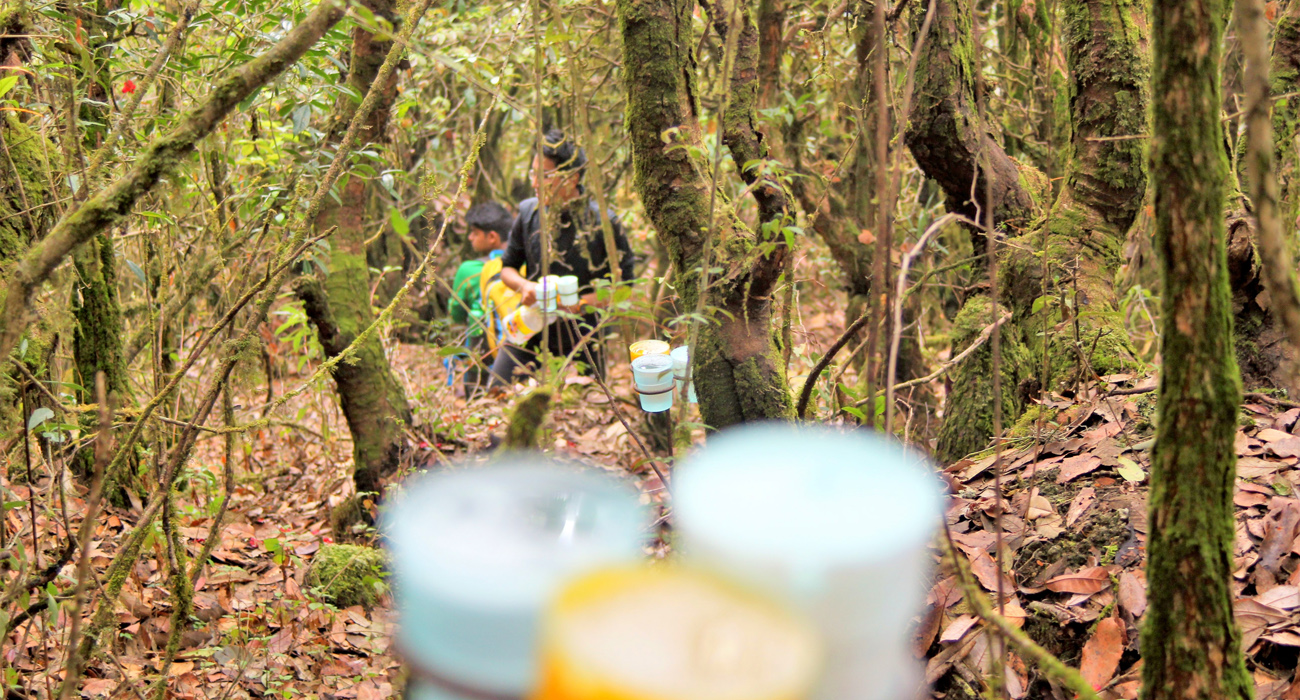Projects
Parasite: Apis laboriosa

Apis laboriosa, the world’s largest honeybee species, is both ecologically and culturally important but has been declining recently with ecological and economic implications. Parasitism, among others, may be a primary factor driving these declines. With the support from Rufford Small Grants program, we are, therefore, investigating the largely unexplored effects of environmental temperature on loads and prevalence of five major bee parasites (Varroa spp., Locustacarus buchneri, Nosema spp., Crithidia spp., and conopid fly larvae) in Annapurna Conservation Area, Nepal.


